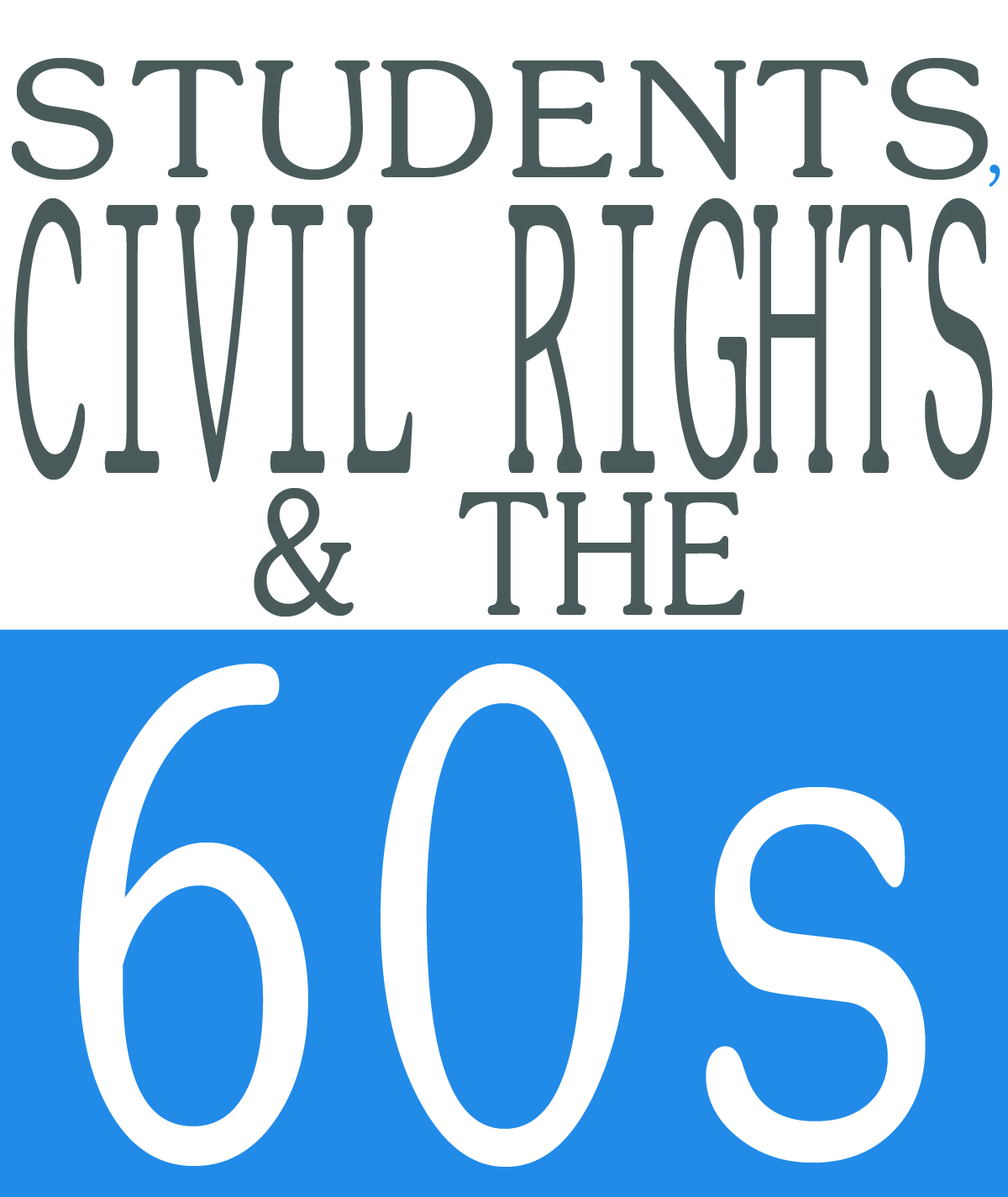 On Thursday, February 23, a small crowd of students and faculty gathered in the 1962 Room in Cro to listen to speakers Charles Cobb, Judy Richardson and Bob Moses share their memories and reflections about being college students in the sixties. The speakers did not come to talk about the culture and lifestyle of their college days – instead they spoke about their involvement in the Civil Rights Movement and the role that college-aged youth played in the fight for racial equality.
On Thursday, February 23, a small crowd of students and faculty gathered in the 1962 Room in Cro to listen to speakers Charles Cobb, Judy Richardson and Bob Moses share their memories and reflections about being college students in the sixties. The speakers did not come to talk about the culture and lifestyle of their college days – instead they spoke about their involvement in the Civil Rights Movement and the role that college-aged youth played in the fight for racial equality.
David Canton, Associate Professor of History and Director of the Center for the Comparative Study of Race and Ethnicity, first took the podium to introduce the speakers. First was Charles Cobb, currently a visiting professor of Africana Studies at Brown University and a former editor for National Geographic. Cobb is also currently Senior Writer and Diplomatic Correspondent for the website AllAfrica.com, one of the largest available sources of news from and about Africa.
Next, Canton introduced Judy Richardson, a civil rights author, documentary filmmaker and former activist for the Student Nonviolent Coordinating Committee, or SNCC. Most recently, Richardson co-produced the documentary Scarred Justice, which raises questions about the unresolved Orangeburg massacre, which took place in 1968 in South Carolina.
Finally, Canton introduced Bob Moses, a leader of the 1960s Civil Rights Movement. After receiving his B.A. from Hamilton College, Moses went on to study philosophy at Harvard University. In 1960, Moses became a field secretary for SNCC, and later became a central instrument in the founding of the Mississippi Freedom Democratic Party.
After this final introduction, Canton stepped down and Charles Cobb took the podium. “I’m going to do a couple of things,” Cobb told the audience. “I want to introduce you to an important piece of political history in the United States, and I’m going to introduce you to some people who I think you need to understand, if you want to understand what happened in the South in the 1960s.”
Cobb then revealed that the piece of political history he was referring to was the formation of the Mississippi Freedom Democratic Party. In reaction to the systematic exclusion of black voters in Mississippi, Aaron Henry, President of the Mississippi NAACP, led a group of twenty blacks to a precinct caucus, asserting their right to vote and, in doing so, outnumbering the white voters. The meeting was immediately adjourned and more white residents were brought in for the meeting, which continued after the whites once again outnumbered the blacks.
Cobb added that the next day, one of the white men who had been brought in for the caucus went up to Henry and thanked him, because without the presence of the Mississippi Freedom Democratic Party he would never have been invited to the caucus. Cobb explained that this incident illustrated the presence of class inequality in addition to racial discrimination.
Cobb then spoke about Julian Bond, who was a student at Morehouse College in the sixties. In speaking to Cobb, Bond recalled sitting in a café one afternoon, when a friend approached him with a copy of that day’s newspaper with a headline that read “Greensborough Students Sit In for Third Day.” His friend asked him what he thought, and Bond responded that he thought it was great, and that it should happen in Atlanta. Bonds next thought was, “Why don’t we make it happen here?” and he soon began rallying and organizing sit-ins.
At this point, Cobb pointed out that one of the main characteristics of the sixties was the communication between students across the country. Without the aid of the Internet, students mainly communicated via phone and newspaper stories.
Judy Richardson stepped up to speak next. Surprisingly, instead of opening with her background or involvement in the Civil Rights Movement, Richardson first spoke of the Occupy Wall Street movement. “Whatever it does or does not do,” she said, “it has already put the issue of economic justice in front of the country.” Not only was economic justice an issue in the Civil Rights Movement as well, but also OWS’s public relations campaign and engagement with young people mimicked the strategies of the Civil Rights Movement.
Richardson then spoke about her background, growing up “under the hill” in Tarrytown, New York, and attending college at Swarthmore and her involvement in SNCC.
“I was a different person when I came out of SNCC than when I went into it,” Richardson explained. “I transformed in a number of ways; I became stronger, I did things I never thought I could have done.”
Richardson recounted bussing tables for her work-study at Swarthmore. The entire cafeteria staff was black and Richardson was the only student working at the time. In the kitchen where she worked, there was an exposed hot water pipe, with which workers were constantly coming into contact and singeing themselves on. Though many safety complaints were made, the school never did anything to fix the situation until Richardson herself got burned.
As a student, she found that she was given care and consideration that the black workers were not. This encouraged Richardson to become involved in the Swarthmore chapter of Students for a Democratic Society (SDS), and later SNCC.
Finally, Bob Moses took the stage. First, he spoke about Ella Baker, who helped get the sit-in activists to organize themselves into a proper movement. As Moses explained it, “she created a space for something to emerge that she was not going to be the leader of.”
Moses also spoke about the role of legal permissibility in the 1960s. He explained that although the Freedom Riders “penetrated consciousness,” they could not sustain their “jail without bail” approach when jail time could be years instead of the prescribed thirty days. However, although the Freedom Riders and other protestors were jailed by the state, the Department of Justice would release them weeks later, giving them the “legal crawlspace,” as Moses described it, to continue to advance their movement.
Additionally, Moses talked about the issue of establishing legitimacy by a movement in order for it to be taken seriously. The authenticity and resilient beliefs of those involved in the Civil Rights Movement, based on their lives and experiences, are what established legitimacy for the movement, he said.
Though many of the cultural issues may have changed since the sixties, it is clear that the same concerns regarding organization, legitimacy and power in a movement still apply today. Once these concerns are addressed, it is clear from the Civil Rights Movement, Occupy Wall Street and countless other social and political movements that the college-aged youth hold tremendous power in the United States. •









